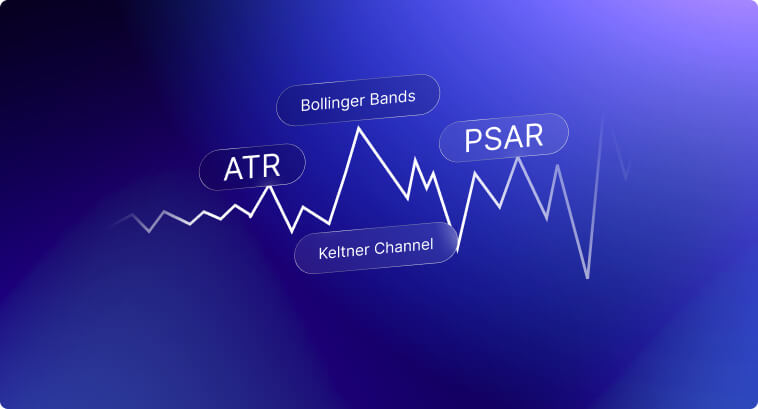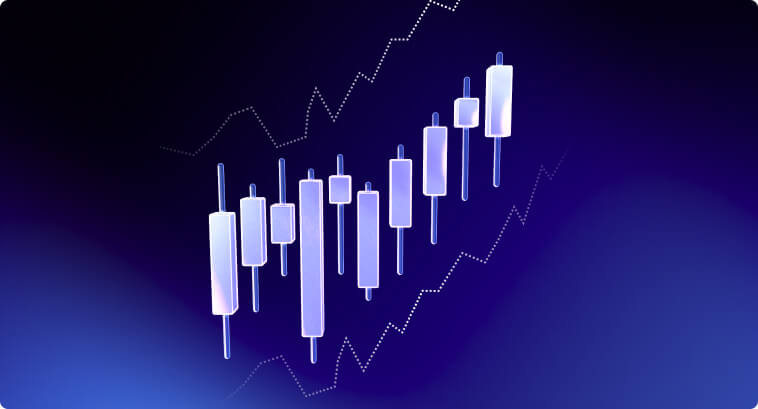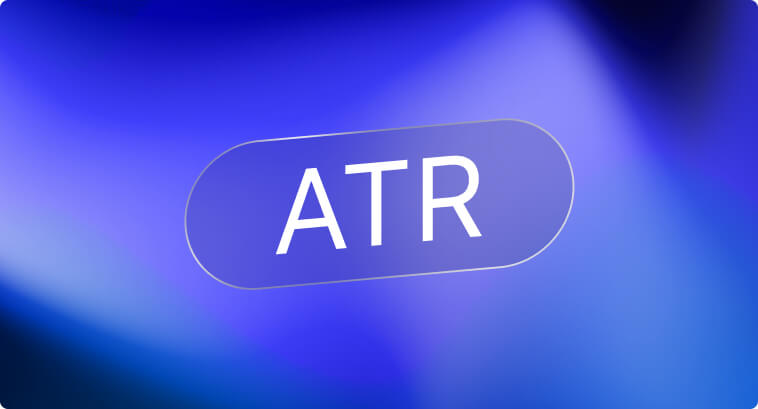Top Forex Volatility Indicators: Boost Your Trading Strategy


Volatility is a double-edged sword when it comes to trading on financial markets. On one hand, market volatility is how Forex traders can profit, especially when they aim to benefit from short-term trading decisions driven by rapid price fluctuations. However, periods of high volatility also mean less certainty about future market trends. When traders attempt to develop well-founded trading strategies based on their best market analysis, they don’t want to be caught off guard by unexpected volatility trends pushing prices in unforeseen directions.
If you want to capitalize on market volatility, it’s helpful to rely on popular volatility indicators that can assist traders in navigating the chaos seen on Forex charts. Read on to explore the best volatility indicators for Forex trading, including how to measure volatility and use these technical indicators to enhance your trading strategy.
While several online tools and calculators can determine historical volatility for any given currency pair, understanding how to measure volatility is crucial. This enables you to identify when volatility patterns are developing and assess the strength of this volatility when deciding to open a new position.
One popular method of measuring volatility is by calculating the standard deviation of a currency pair’s price change over a set period. To perform this calculation, you’ll need to sum up the daily price movement changes and divide them by the number of days to find the simple moving average.
After determining the average price, subtract it from the daily price changes. These results will include some negative values, as on certain days, price movements will fall below the average. Square these deviations to work only with positive numbers, sum them, then divide by the number of days to find the variance of price volatility. Taking the square root of this variance gives you the standard deviation—a widely accepted measure of volatility in financial markets. If a currency pair’s price movement exceeds this standard deviation, it indicates heightened volatility, potentially representing a lucrative trading opportunity.

Bollinger Bands measure volatility by placing two standard deviations above and below a 20-day simple moving average, creating upper and lower bands. When the distance between these bands widens, it indicates higher market volatility, whereas narrow bands signal low volatility.
Traders use Bollinger Bands not only to assess overall market conditions but also to analyze how close a candlestick is to either band. Touching or approaching the upper or lower band suggests a strong potential for a market reversal, prompting traders to take positions based on the expected price movement.

The Average True Range (ATR) indicator uses three simple calculations. To determine ATR, subtract the day’s low from its high. Then subtract the previous day’s closing price from today’s high, and finally subtract today’s low from the previous day’s close. The highest value among these results is the ATR for that day.
Higher ATR values indicate greater market volatility, while lower ATR values suggest a period of low volatility. This indicator is particularly useful for evaluating price volatility and setting stop-loss levels for risk management.

The Keltner Channel analyzes price action relative to upper and lower moving averages, combining the Average True Range (ATR) with the Exponential Moving Average (EMA). Unlike Bollinger Bands, which are based on standard deviations, the Keltner Channels use an ATR multiplier to define the channel width around a 20-day EMA.
Look for price breakouts above or below the Keltner Channel lines, which may signal that prices will continue moving in that direction. This is helpful for trading decisions based on increased volatility.

The Parabolic Stop and Reverse (PSAR) creates a parabolic curve on Forex charts with dots above or below the price depending on the trend direction. Traders can use these dots to identify potential trade setups. A shift from dots appearing above the price to dots below it signals bullish momentum, while a change in the opposite direction suggests a bearish shift.
The Moving Average Convergence Divergence (MACD) measures the difference between two moving averages, typically the 12-day and 26-day Exponential Moving Averages (EMA), and represents this difference on Forex charts as a histogram. When these averages move apart, MACD rises, indicating high volatility. Conversely, when the averages converge, the MACD declines, signifying low volatility.
Traders can also use the MACD’s signal line—a 9-day moving average of the MACD line—to predict market reversals.
While the Relative Strength Index (RSI) is more commonly known as a momentum indicator, it can also provide useful insight into volatility levels. RSI measures the magnitude of recent price changes to identify overbought or oversold conditions, signaling potential reversals in price direction.
The best Forex volatility indicators often depend on your preferred trading style, risk tolerance, and market conditions. For day traders seeking to profit from rapid price movements, volatility indicators like Bollinger Bands and ATR may offer the best insights. For swing traders and those focusing on trends, the Keltner Channel or MACD could be more beneficial. Additionally, using a combination of indicators, such as RSI and MACD together, can provide a more comprehensive view of market trends and volatility patterns.
By integrating these volatility indicators into your Forex trading strategy, you can better predict market behavior, minimize risks, and seize profitable opportunities, even in unpredictable trading conditions.